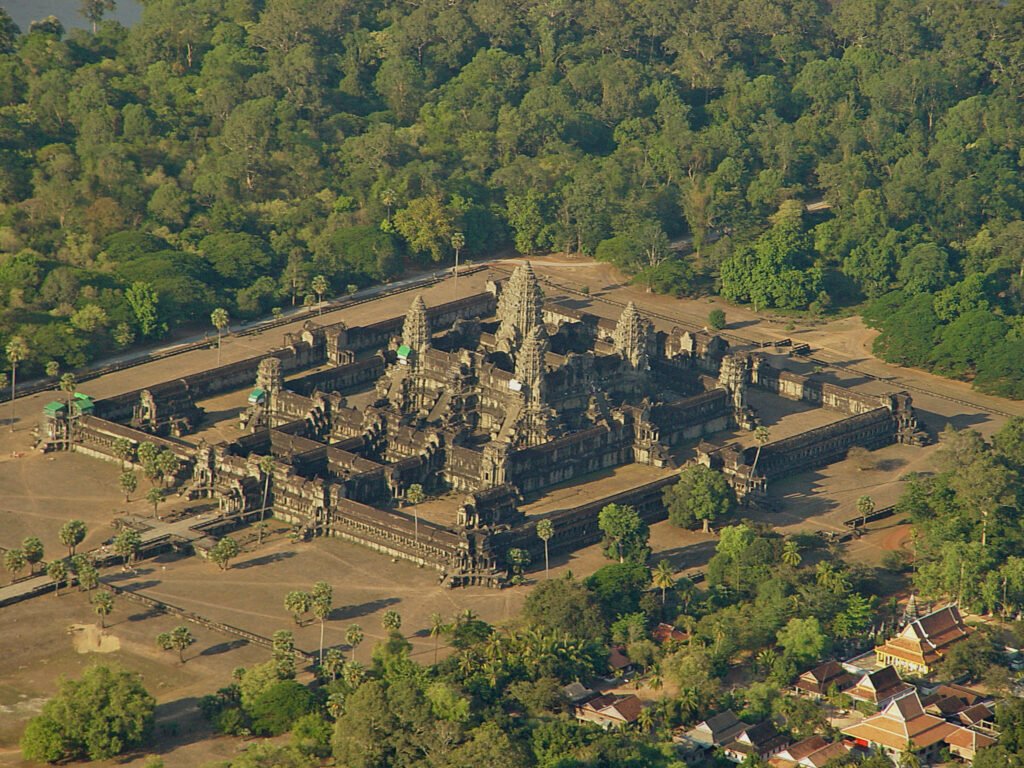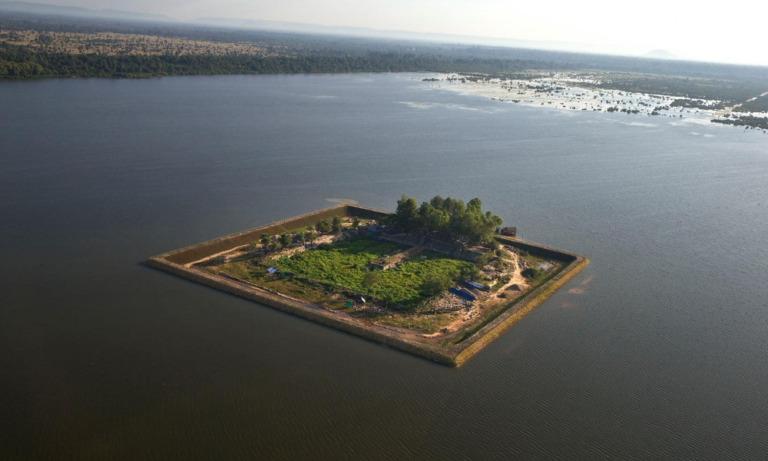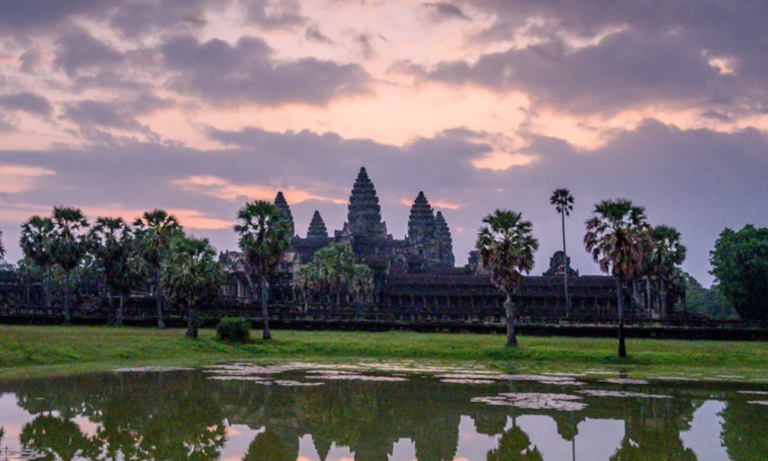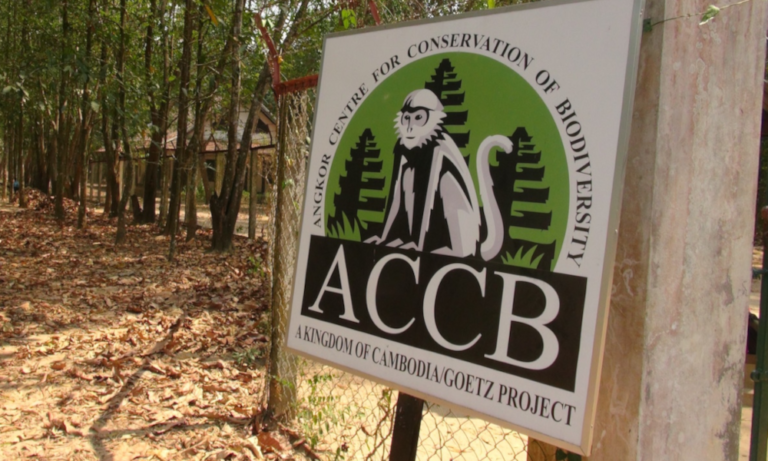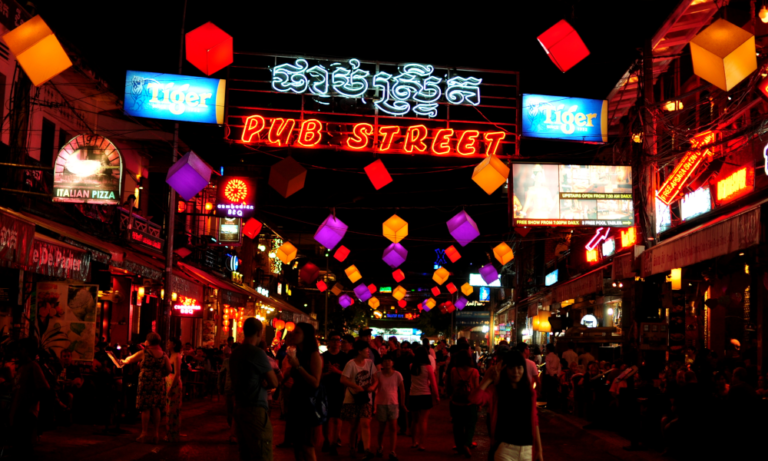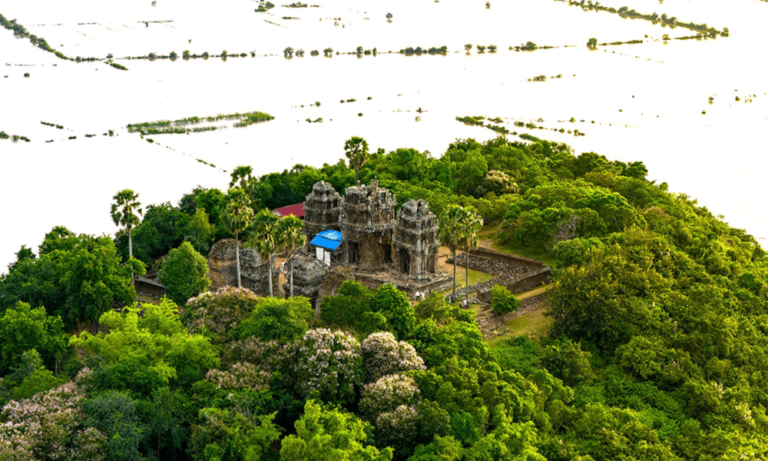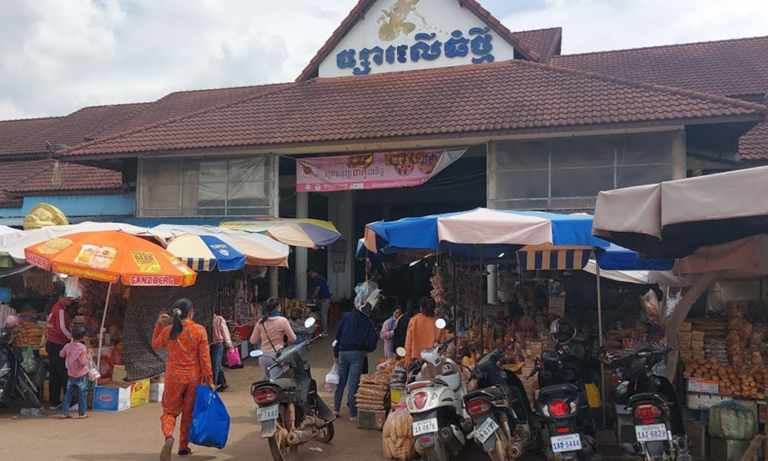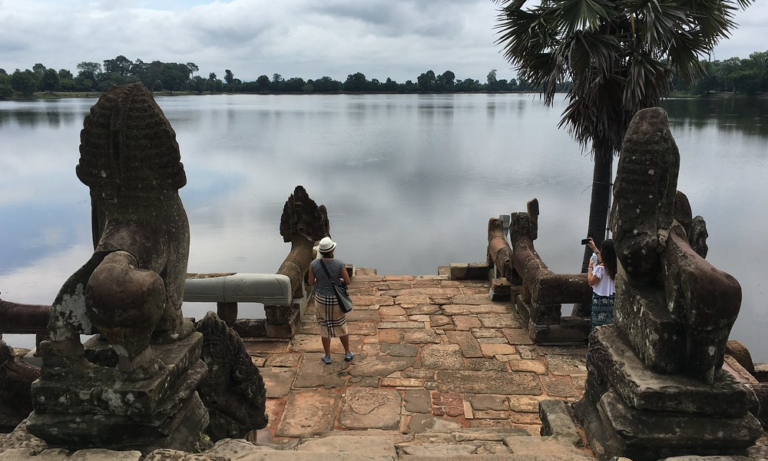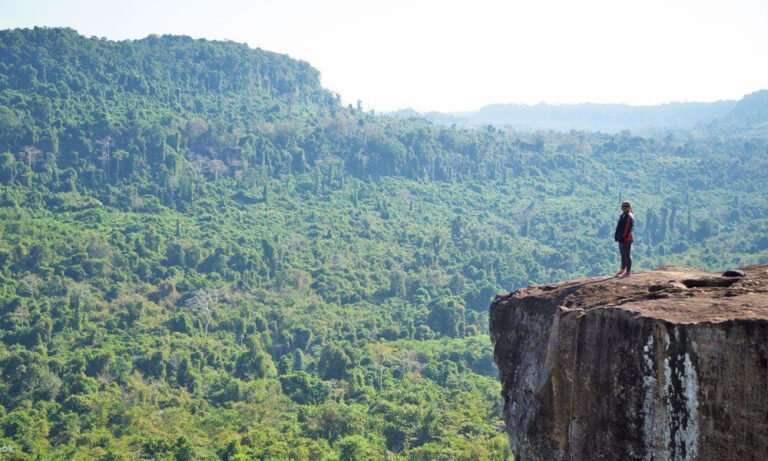Siem Reap Province: The rich history, culture, and attractions

Siem Reap Province, renowned for hosting the iconic Angkor Wat Temples, draws millions of tourists annually and is situated in the northwest region of Cambodia. While many visitors head straight to Siem Reap city, the province’s other natural and cultural attractions often go unnoticed.
Table of Contents
ToggleStart and end in Siem Reap! With the In-depth Cultural Tour Best of Siem Reap 4-Day Tour. Best of Siem Reap 4-Day Tour includes accommodation...
Geography of Siem Reap Province
Siem Reap Province is recognized as the tenth province of Cambodia, with Siem Reap serving as its capital. The province encompasses a total area of 10,299 square kilometers. It shares its northern border with Oddar Meanchey Province, while to the east, it is adjacent to Preah Vihear and Kampong Thom provinces. To the south, it borders Battambang, and to the west, it is bordered by Banteay Meanchey. Additionally, Siem Reap Province is linked to Tonle Sap, the largest freshwater lake in Southeast Asia, located to the south. The highest elevation in the province is found at Phnom Kulen, an isolated mountain massif that reaches 487 meters. Siem Reap Province is situated approximately 314 kilometers from Phnom Penh, the capital of Cambodia. The town of Siem Reap ranks as the fourth largest city in the country, following Battambang, Kampong Cham, and Phnom Penh.
Districts in Siem Reap
Siem Reap Province consists of 12 districts, 100 communes, and around 875 villages. Most of the villages are located in the districts of Angkor Chum, Chi Kreng, Krolanh, Puk, and Sot Nikum. Angkor Thom district is the most well-known because the main Angkor Wat monument and the ancient city of Angkor Thom are located in this district. Many people also travel to Banteay Srei district to visit the famous Banteay Srei temple.
| District | Communes | Villages |
|---|---|---|
| Angkor Chum District | 7 | 84 |
| Angkor Thom District | 4 | 25 |
| Banteay Srei District | 6 | 27 |
| Chi Kreng District | 12 | 147 |
| Krolanh District | 10 | 97 |
| Puk District | 16 | 154 |
| Prasat Bakong District | 9 | 67 |
| Siem Reap District | 10 | 76 |
| Sot Nikum District | 10 | 113 |
| Srei Snom District | 6 | 39 |
| Svay Lea District | 5 | 21 |
| Varin District | 5 | 25 |
Climate
Cambodia enjoys a tropical climate characterized by warmth and humidity. During the monsoon season, plentiful rainfall supports the growth of a diverse range of crops. This consistent tropical weather makes Cambodia a fantastic destination for tourism. Visitors can rest easy knowing that the country is not prone to natural disasters like volcanic eruptions or earthquakes, and it remains largely unaffected by tropical storms.
Travelers can explore Cambodia year-round, but those planning to drive extensively should be cautious during the last two months of the rainy season, as some rural roads may become difficult to navigate. The average temperature hovers around 27 degrees Celsius, with a minimum of about 16 degrees. December and January are the coolest months, while April tends to be the hottest. Here’s a brief overview of the provincial climate:
– Cool season: November to March (23-29°C)
– Hot season: March to May (27-37°C)
– Rainy season: May to October (24-33°C, with humidity reaching up to 90%).
Economy
Siem Reap Province primarily focuses on attracting foreign tourists, largely thanks to the renowned Angkor Temples. Since 2000, the region has experienced impressive economic growth, often reaching double-digit increases. Various sectors, including hotels, restaurants, bars, entertainment venues, and transportation, benefit from the steady stream of visitors, which exceeded 1 million in 2007.
In addition to tourism, the provincial economy has also seen growth from a robust fishery sector. Each year, thousands of tons of fish are exported both domestically and internationally. While farming and fruit cultivation have become less lucrative, they remain important for many of the impoverished rural residents who contribute to the province’s overall revenue.
Fauna & Flora in Siem Reap
A detailed examination of the flora in Siem Reap Province reveals that a significant portion is comprised of low-lying wetland areas, particularly prominent in the southern regions. During the rainy season, these areas inundate rice fields and various agricultural plantations. In contrast, the northern part of the province is characterized by lush forests, showcasing a rugged jungle environment.
The Mekong River, although not particularly wide, plays a crucial role in the ecological and daily life of Siem Reap Province. It originates from Phnom Kulen and traverses the northern section of the province before emptying into Tonle Sap Lake.
While snakes, spiders, geckos, and other insects remain present, the wildlife in Siem Reap Province is limited, except for a few monkeys that can be seen around the temples. Most of the region’s wildlife is managed and conserved within designated animal parks.
Most travelers heading to Siem Reap typically fly in from Phnom Penh or Bangkok. There are also consistent flights available from Singapore, Ho Chi Minh City, and Vientiane. Visitors can obtain visas upon arrival at both Siem Reap and Phnom Penh airports. Additionally, boats and buses/vans operate from Phnom Penh to Siem Reap. Some adventurous travelers choose to enter Siem Reap overland from Thailand through the Aranyaprathet/Poipet border crossing.
Siem Reap Arrival and Departure
Airport Departure and Arrival Tax: Domestic: US$6. International: US$25. Angkor International Airport (SAI) is located in the South Nikom district of Siem Reap province. It’s about 45 kilometers east of downtown Siem Reap and 40 kilometers from Angkor Wat. A ticket booth for registered taxis is available outside the terminal, while independent taxis and motorcycles are also waiting nearby. The fares are the same for both options: motorcycles cost $10, and cars range from $15 to $25 to reach the city. Many hotels provide complimentary airport transfers, but it’s essential to inform them of your arrival in advance.
Siem Reap Ferry Dock
The ferry service to Siem Reap docks at Chong Khneas, located 12km south of the city. Tickets start at $35. There is always transportation available at the dock, with moto taxis charging around $2-$3 and cars costing $6-$7 for the 20-30 minute journey into town.
Airs
Cambodia Angkor Airways provides multiple daily flights to and from Phnom Penh. For budget-friendly options, you can also consider Bassaca Air or Bayon Airlines. Additionally, Vietnam Airlines operates daily flights connecting Ho Chi Minh City and Hanoi, while Singapore Airlines offers routes to and from Singapore, and Laos Airlines services flights to and from Luang Prabang. Booking flights online has become increasingly
River Ferry
There are daily ferry services on the Tonle Sap River and lake that connect Phnom Penh and Siem Reap. The journey concludes at Phnom Krom Hill, located near the ferry terminal at Chong Khneas, which is about 12 km south of Siem Reap. During the dry season, the ferry may not reach the dock, requiring passengers to switch to smaller boats for the last few hundred meters.
Buses or Vans
Numerous bus companies, including Giant Ibis, Mekong Express, PSD Xpress, Sorya Bus, Neak Krohorm, Thero Express (15-seat), Larryta, KSO, Virak Buntham, Kampot Express, and Cambodia Post VIP Van, provide bus and van services to Siem Reap town. These modern, air-conditioned vehicles depart every 15 minutes to an hour, operating daily from 6 am to midnight. Online bus tickets can be purchased in advance for added

